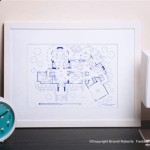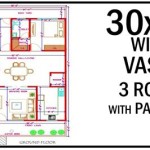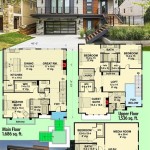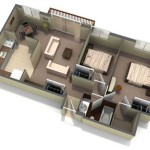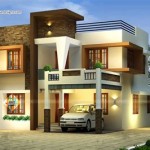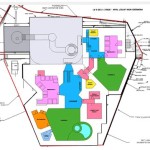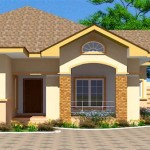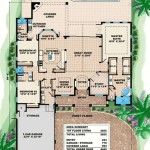House Construction Plan Design
A house construction plan design is a crucial blueprint for building a new home. It details everything from the layout and dimensions of the rooms to the materials and methods used in construction. A well-crafted plan ensures the efficient execution of the project, minimizing errors and maximizing the utilization of resources.
The design process typically begins with an initial consultation with architects and designers. During these meetings, clients articulate their vision for the house, including the desired style, functionality, and budget. Professionals then translate these requirements into a concrete plan.
Several factors influence the design process. The size and shape of the lot play a significant role in determining the overall footprint of the house. Local building codes and regulations dictate specific requirements that must be adhered to. The climate of the location influences choices regarding insulation, ventilation, and building materials.
The design typically progresses through several stages. Preliminary sketches and conceptual drawings are created to visualize the initial ideas. These evolve into more detailed floor plans that outline the layout of rooms, walls, doors, and windows. Elevation drawings depict the exterior appearance of the house from different angles.
Construction drawings provide a comprehensive technical specification of the project. These include detailed plans for the foundation, framing, electrical wiring, plumbing, and HVAC systems. Specifications for materials, finishes, and fixtures are also included. These drawings serve as the primary guide for the construction team.
The construction plan design incorporates essential elements that contribute to the overall functionality and structural integrity of the house. The foundation plan details the type and depth of the foundation, ensuring stability. Framing plans outline the structural framework of the house, including the walls, roof, and floors.
Electrical plans map out the wiring for lighting, power outlets, and appliances. Plumbing plans detail the layout of pipes for water supply and drainage. HVAC plans specify the heating, ventilation, and air conditioning systems.
Choosing the right software for house plan design is crucial for architects and designers. Computer-aided design (CAD) software allows for precise and detailed drawings, enabling easy modifications and revisions. Building Information Modeling (BIM) software takes this further by creating a 3D model of the house, incorporating various data points related to the design and construction.
Working with an experienced architect or designer offers significant advantages. They possess the technical expertise to create a structurally sound and aesthetically pleasing design. They are also familiar with local building codes and regulations, ensuring compliance. Their knowledge of building materials and construction techniques can help optimize the project budget.
Effective communication between the client, architect, and builder is essential throughout the design and construction process. Regular meetings and updates help ensure that the project stays on track and aligns with the client's vision. Clear communication also helps prevent misunderstandings and costly errors.
The house construction plan design should consider factors like energy efficiency and sustainability. Incorporating energy-efficient features such as insulation, windows, and appliances can significantly reduce energy consumption and lower utility bills. Sustainable building practices, such as using recycled materials and minimizing waste, contribute to a more environmentally friendly construction process.
Accessibility is another crucial aspect of house plan design. Creating a home that is accessible to people with disabilities involves incorporating features like ramps, wider doorways, and adaptable bathrooms. Universal design principles aim to create spaces that are usable by people of all ages and abilities.
Landscaping and site planning are integral parts of the overall house construction plan. The design should consider the surrounding environment, including the topography, vegetation, and existing structures. Proper site planning can enhance the aesthetic appeal of the property while minimizing environmental impact.
Budgeting and cost estimation are essential considerations in the planning phase. A detailed budget should be developed, outlining the estimated costs for materials, labor, and permits. Accurate cost estimation helps clients make informed decisions and avoid unexpected expenses.
The house construction plan design is a dynamic document that may undergo revisions and modifications throughout the project. Flexibility is essential to accommodate unforeseen circumstances or changes in client requirements. Maintaining open communication and collaboration among all stakeholders ensures a smooth and successful construction process.
Permitting and approvals are necessary steps before construction can commence. The completed house plan design must be submitted to the local building department for review and approval. Obtaining the necessary permits ensures compliance with building codes and regulations.
Understanding the various stages and components of a house construction plan design is essential for anyone embarking on a home-building project. A well-designed plan provides a roadmap for the entire construction process, ensuring a successful outcome and a home that meets the client's needs and expectations.

House Plans How To Design Your Home Plan

Small House Design 2024001 Pinoy Eplans Floor Plans

House Plans How To Design Your Home Plan

House Plans How To Design Your Home Plan

Floor Plans Types Symbols Examples

House Plans How To Design Your Home Plan

House Plans How To Design Your Home Plan

Floor Plans Types Symbols Examples

House Design Plan Ch493 35 App Plans Construction

640 Best House Construction Plan Ideas In 2024 Design Small

